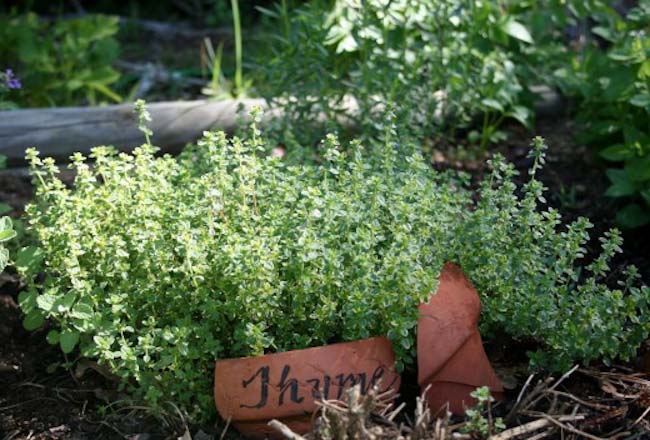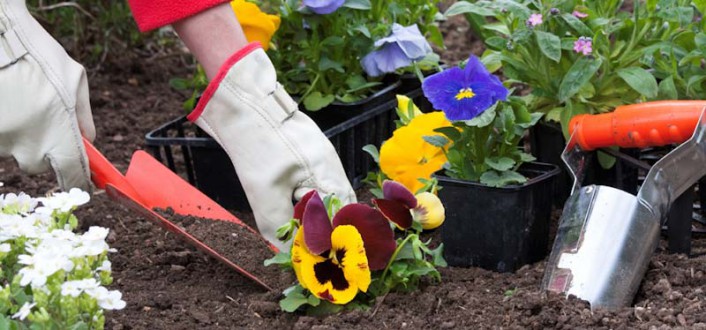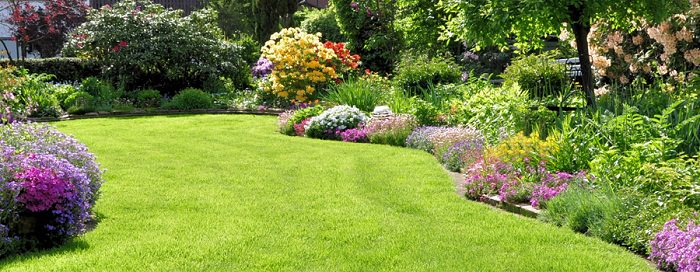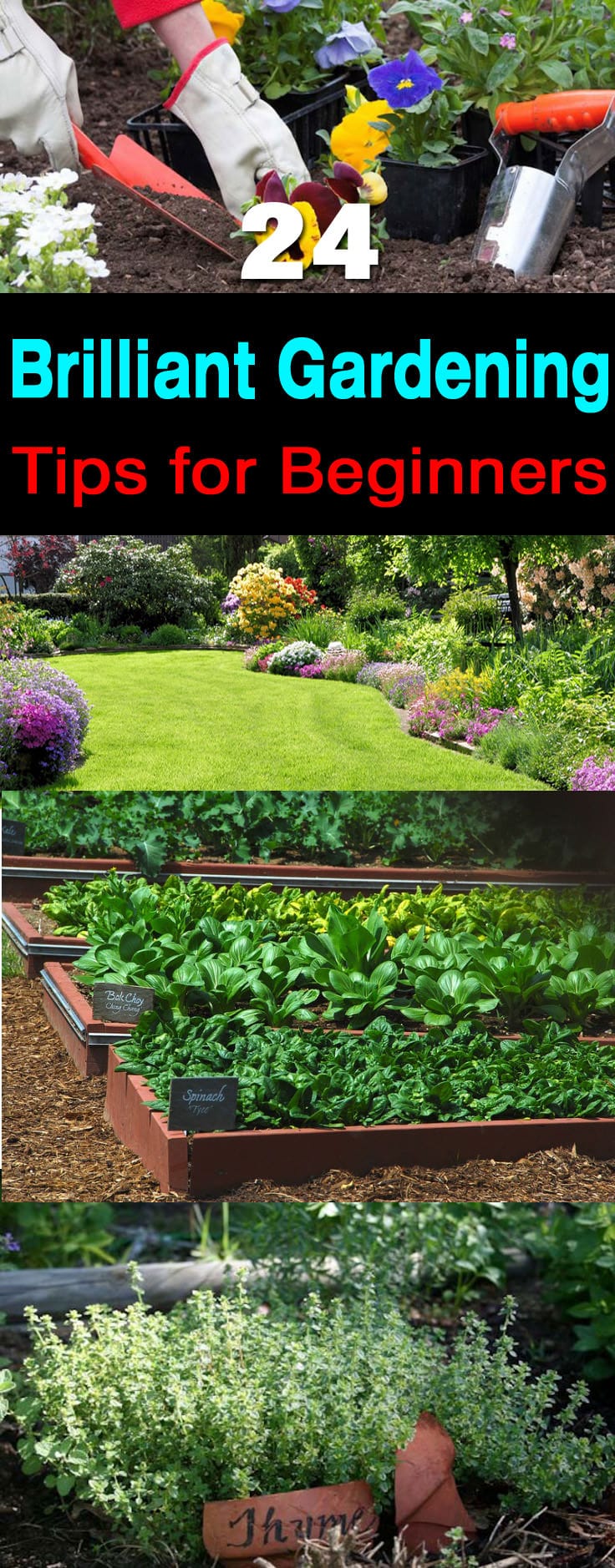If you started gardening recently and tag yourself as a beginner then these ’24 Gardening Tips for Beginners’ are useful for you.
1. Soil testing
First and most important tip: Soil testing helps in finding out the pH level and micro-nutrients present in your garden soil. You can send soil for testing in your nearby garden center or test it at your home.
2. Best Planting Time
Do you know what the best time to transplant your plants is? It depends on the day you’re planting— if it’s a sunny and windy day then late afternoon is best. On a cold and cloudy day, morning time is perfect, if it’s a hot and humid day, evening time is better.
3. Water in Morning
Water your plants in the morning to avoid water loss from evaporation, another benefit of watering in the morning is that it allows plant’s leaves to dry up before evening, this helps in restricting mealybugs and fungus to develop.
Also Read: How to Water Container Plants
4. Water Plants Deeply
Deep watering develops deep roots that are important in the healthy growth of the plant, whereas shallow and frequent watering develops shallow roots and weaker plant.
Also Read: Gardening Hacks that’ll Change the Way You Garden Forever
5. Reuse water
Reuse drained vegetable water to water your plants that are growing in the container. This water is rich in nutrients and absorbed by plants easily.
6. Planting in odd numbers
Plants planted in odd numbers like 3-5-7 look more natural than those planted in even numbers, plus an odd combination draws attention towards it, too.
7. Art of Recycling
Learn the art of recycling; a true gardener knows how to recycle things. You can use your creativity and take help of internet to make a smart reuse of things you find wasteful in your garden. Read about recycling broken pots.
Also Read: Repurposed Gardening Tools Ideas
8. Use Gloves
Many gardeners like the feel of soil on hands and love getting muddy, but hands on gloves save you from hard callused hands, insects and possibly many soil-borne diseases.
9. Pull Weeds in Moist Soil
Always pull weeds in moist soil, moist soil makes the process of weeding simple as the weed’s roots pull off easily in damp soil.
10. Cover the weeds
Cover weeds with black plastic, tarpaulin or other material for at least 15 days, if weeding is a tedious job for you. This way these pesky plants don’t receive sun light and die off without any hassle.
Also Read: Weeding Tips
11. Use Well-Drained Pot
Use a well-drained pot to ensure healthy growth of plants, a pot with good drainage save plants from root rot, fungus, and other diseases.
12. Use Large Planters
Large planters are deep; they don’t dry up quickly and provides optimum growing space. Although, large planters take a lot of space but they look less cluttered than small planters.
13. Type of Planters to Use
Use the types of planters according to their nature and how much they suit to the growing conditions you have. Wooden planters remain moist and cool, terracotta remains moderate and plastic planter are lightweight and colorful but gets hot quickly. Clay planters are fragile but more natural.
 14. Label your Plants
14. Label your Plants
Labeling helps in remembering plant’s name and it makes the garden more accustomed and well managed. You can paint stones and label it or use pieces of the broken pot like above picture.
15. Feed the Soil, not Plants
Feed the soil, not plants; this is one of the most important rules to remember. Don’t water the leaves to wet them. Give treatment to roots and fertilize the soil properly.
16. Companion Planting
Promote companion planting in your garden; learn which plant you can grow with another one. For an example, growing basil near to tomatoes enhances its taste and keeps both healthy.
Also Read: Gardening Tips on Companion Planting
17. Make your Own Compost
Don’t throw away the peelings of fruits and vegetables you eat. Fruits like banana, peaches and pomegranate are high in potassium and become a good organic fertilizer when used as compost.
Also Read: 4 Step Composting Guide
18. Use Manure, Tea, and Coffee
Manure has lots of benefits and recommended in organic gardening. Every time you prepare a potting soil by yourself add manure and compost in it. You can also use coffee grounds and used tea bags after composting them to make your garden soil more fertile and loamy.
Also Read: Ways to Use Used Coffee Grounds in Garden
19. Use Organic & Slow-release Fertilizer
Organic fertilizer supports Ecosystem and provides healthier crop than chemical fertilizers. Slow-release fertilizers provide slow and steady nutrition to plant, which is important for its healthy and constant growth.
20. Color Composition
Every color you use in your garden has its importance, cool colors like blue, green, white are appealing and blends in space. Warm colors like red, orange, yellow are eye-catching and attractive. Learn more about color composition.
21. Pruning and Deadheading
Pruning makes a plant bushier and controllable; prune your plant to give it a shape or when it seems lanky. On the other hand, deadheading is the secret of getting more blooms in your garden. For example, pull every spent flower from plants like petunias and pansies, this encourages blooming and plant gets plenty of flowers.
22. Use Gardening Apps
Take help of your smartphone in the garden, too. Use gardening apps that help in identifying plants, in designing and scheduling your gardening chores. Read this article to learn more.
23. Buying Plants from Nursery
Don’t buy a plant that is full of flowers, instead look for its leaves. Choose vigorous, bushier and thick plant.
24. Don’t Sow Seeds too Deep
Sowing seeds too deep decrease the germination rate, always find out before sowing seeds that how deep you need to sow. The best move is to read the seed packet carefully and checkout information about the plant you’re growing on the web.






Very good and informative
Thx very much for the simple tips.
Thanks
Very good and clear information.. Thank you.
Nice and informative article.It helps me a lot
One of my favorite gardens was the one that was 1/2 a girly garden and 1/2 a man’s garden. It wasn’t so much the whole design of it, but there was a combination of the yellow hellebore, orange sedge, pink tulips and ‘Carmel’ Heuchera. It would only look good for a very short period of time, but the effect was impressive.
Nice☺ useful tips. Keep on giving more tips for new gardening ideas for reusing waste materials. 😉